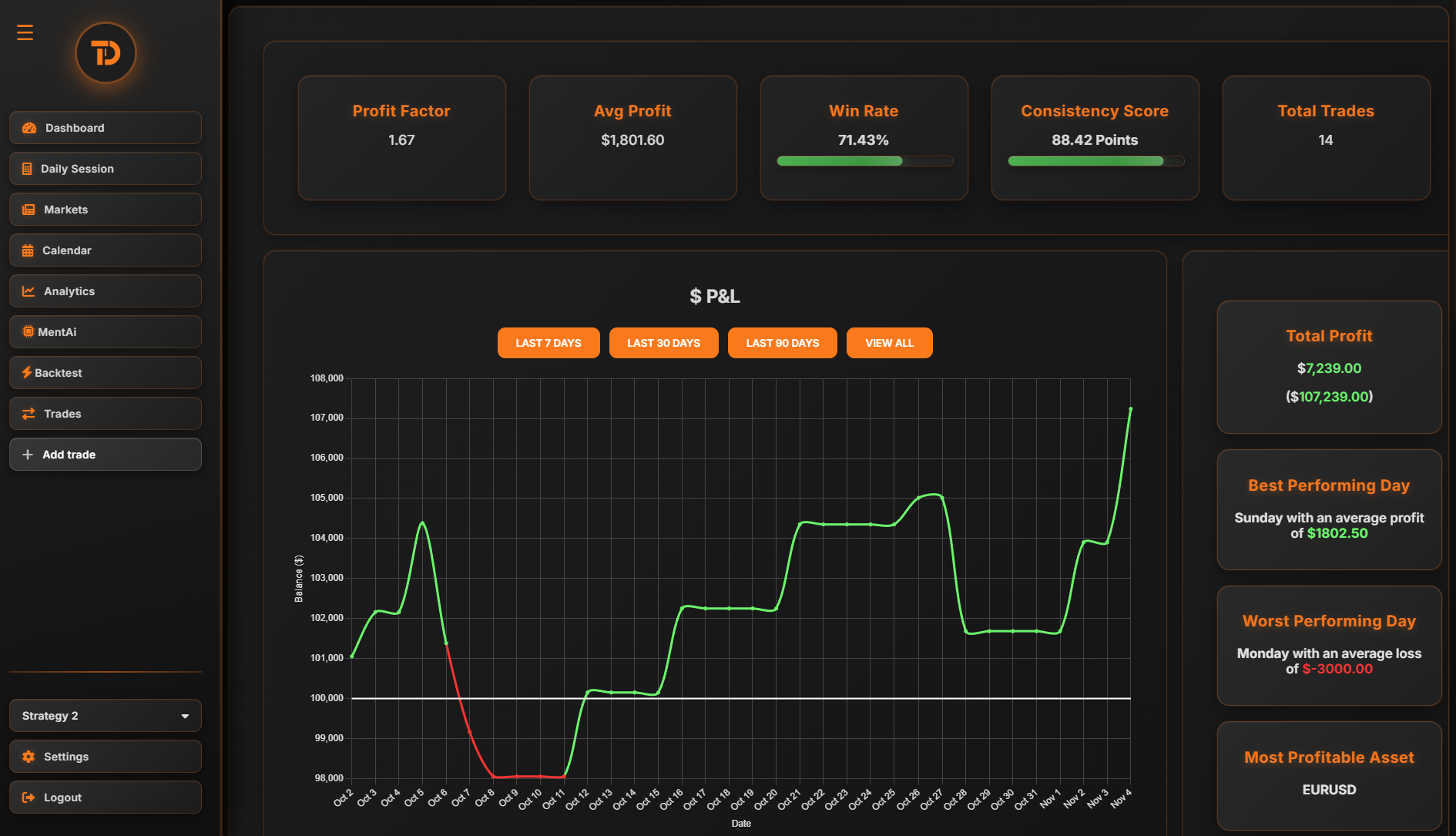Every trade should have a predetermined risk-to-reward ratio to ensure that the potential profits justify the potential losses. For example, with a 3:1 risk-reward ratio, if you’re risking $100 on a trade, your target profit should be at least $300. This approach ensures that even if you lose more trades than you win, the winning trades will still cover the losses and generate profit. Consistently applying favorable risk-reward ratios allows you to protect your capital while maximizing potential returns, reducing the pressure to maintain a high win rate. By focusing on trades where the reward outweighs the risk, you increase your chances of long-term success and prevent the emotional strain that can come from smaller, high-risk trades.
A strong risk-reward ratio helps traders maintain discipline by defining clear exit points, ensuring that they don’t hold onto losing trades for too long or exit profitable trades too early. This approach contributes to more systematic and confident trading.
. Why use a trading journal: A trading journal is essential for logging the actual risk-reward ratios of each trade. By recording your intended risk-reward ratio and comparing it with the outcomes, you can assess whether you're consistently meeting your targets or if adjustments are needed in how you set your stop-losses and take-profit levels. Over time, reviewing your journal will reveal patterns in your trading behavior, helping you refine your approach to ensure you're sticking to favorable risk-reward setups. This self-assessment helps you fine-tune your risk management strategy, ensuring that you are maximizing potential returns while controlling risk, which is vital for long-term profitability.

